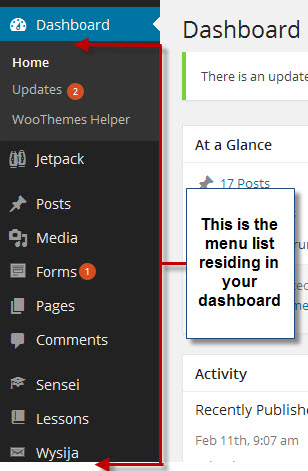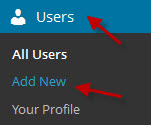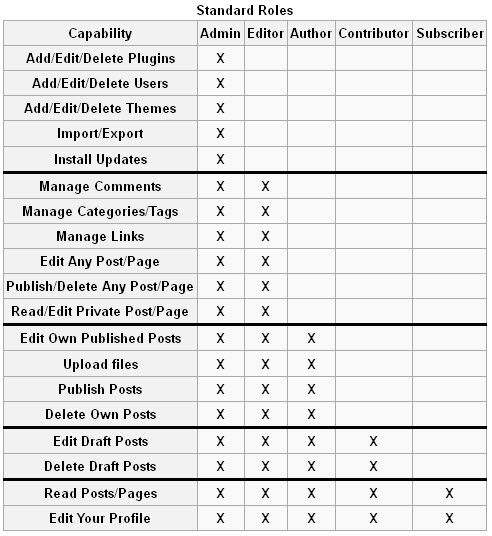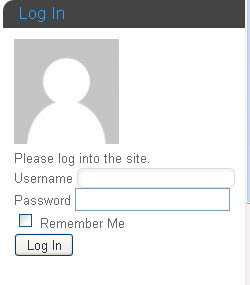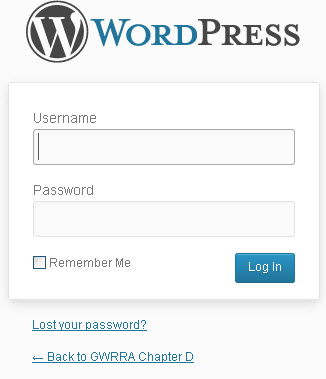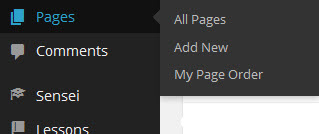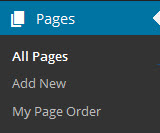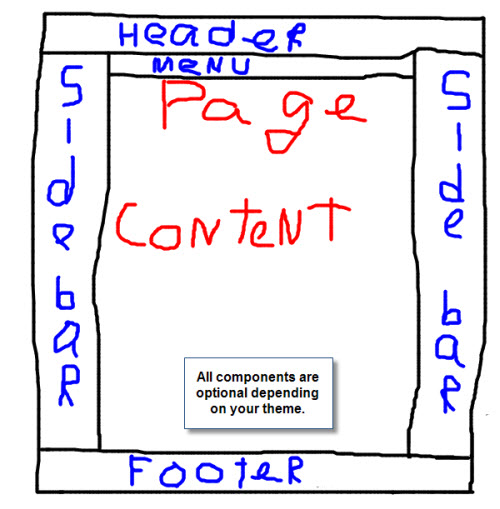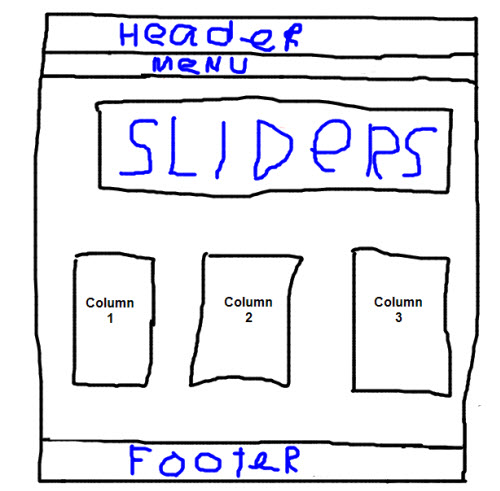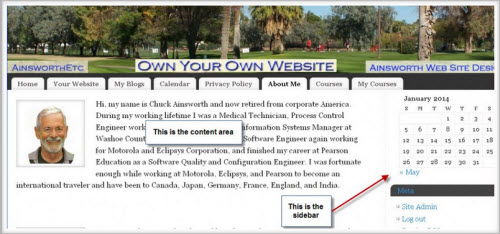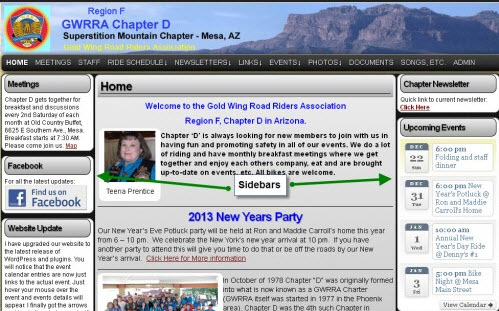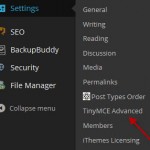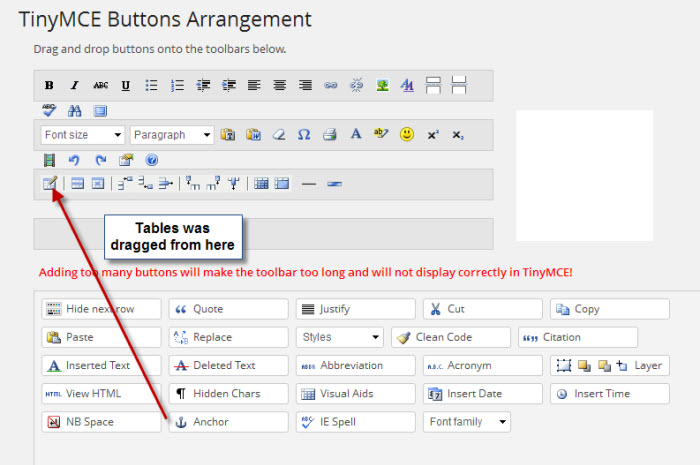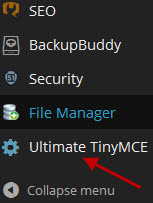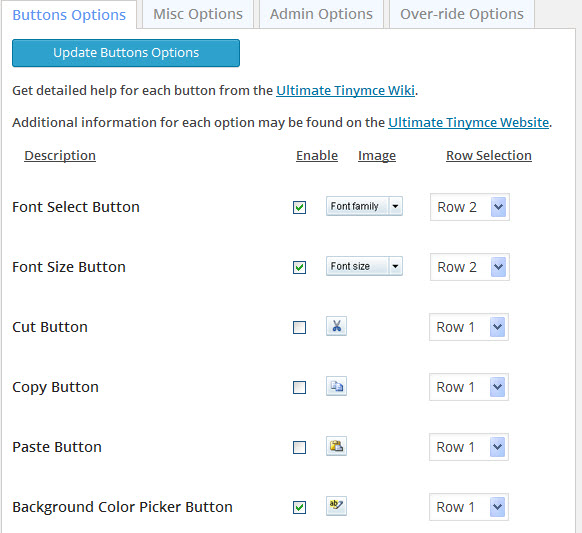Updates
I have kind of taken a break from my blogging for a bit. Per a suggestion I received, recently I relayed out the Web Design (formally Your Website) tab slightly to attempt to catch individuals attention quicker as to the costs and organizations that need websites.
Lately WordPress has gone through many updates and the current version is 3.9.1. I have not had any difficulties with any of my sites when upgrading first to 3.9 and then 3.9.1. As of 3.8 vs ??, minor updates are usually handled automatically. Do not depend on this happening as I have had to manually update some of them, mine included.
The All-In-One calendar has gone through an update where they are trying to standardize on one calendar and they have moved some of the files around. Before they had a Lite, Standard, and Pro Version. As I understand it the Lite and Standard versions are combined into one with Pro version adding additional functionality to the new Standard version. After saying all that, I had difficulties on doing these upgrades and on the 1st site that I upgraded lost the calendar and the user had to reload the content. Turned out to be a mistake that I made in attempting to fix the upgrade. If upgrading from pre-2.0 there are a couple of steps involved that should keep you out of trouble.
- Do the update.
- If you have a child or modified a theme, save it outside of …/wp-content/themes/themes-ai1ec. (Be careful with modified themes as the default themes have changed slightly.)
- Copy the folder themes-ai1ec from …/wp-content/plugins/all-in-one-event-calendar/public/ to …/wp-content/themes
- If you have made a child/or modified theme copy it back into …/wp-content/themes/themes-ai1ec
- In WordPress dashboard, go to Events->Theme Options and click on the “Save Options” button.
- Also, you will probably need to reset the default for your calendar which is done in Events->Settings.
- Hopefully, at this point everything should be working OK. By following the above, I have not any any upgrades issues since the problems with my first upgrade. (On that one Timely helped me get the calendar operational again but I did lose the content.)
Till next time

